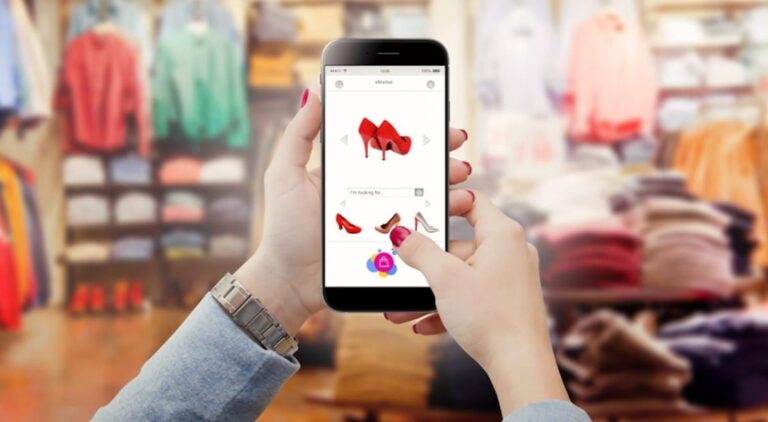Digital or Physical?
The key to growing your brand online means harnessing data to analyze, manage and optimize your digital shelf. Booming e-commerce, be it brand online shops or major marketplaces like Amazon.com or Walmart.com, is the new reality, only growing, and delivering a massive data opportunity for product managers and marketers – in-store or online.
The digital shelf is the collection of diverse and rapidly growing digital touchpoints used by shoppers to engage with brands. These touchpoints can range from shoppers researching a brand’s product online to buying the brand’s product on its online store.
The physical shelf is a classic brick-and-mortar store. Many brands might focus on the digital shelf only now, as online shopping and digital communications with brands continue to grow. However, some of the most successful brands out there use both together.
Hybrid Approach
The customer’s journey from discovery to purchase can involve only the digital, only the physical, or more than likely today, a combination of both. The digital shelf is booming, physical stores remain critical, with their role developing to reflect the digital shelf impact. The most successful brands are adapting and succeeding with a hybrid approach.
For example, during COVID-19, we witnessed the curbside and in-store pickup phenomena. Stores like Target and Walmart give you the option to purchase products online, then the customer goes into the physical store to pick up the product. This provides multiple touchpoints, both physical and digital, for customers to interact with the brand along the customer journey.
Another example of using both the physical and digital shelves together is with limited-time pop-up stores. We can know a brand for its online store, so they announce on social media they have a pop-up shop next weekend only. Customers find out about the pop-up through those digital touchpoints, which drives them to visit the physical pop-up store.
The digital shelf delivers vast volumes of consumer interaction data, rapidly and at scale. These data points can change and improve advertising campaigns, in-store promotions and even packaging decisions given the product’s showcase is now a small thumbnail on Amazon.com or other marketplaces.
Taking advantage of this data is critical to driving the hybrid approach, delivering valuable insights that can be applied to the physical shelf. We can model digital shelf data to understand the features and benefits that matter most to consumers, to power better marketing campaigns, or even in-store customer service. The physical shelf delivers unparalleled in-person contact (and data points that can be captured from this input), human touchpoints for service and support, and brand presence.
While individual customer journeys vary, what is clear is the experience will continue to involve a mix of digital and physical touchpoints. Brands need to find the perfect blend of using the physical and digital shelves together to maximize opportunities for awareness, customer engagement, customer loyalty, and overall success.
Our Advice?
- Start looking at your digital shelf activity to inform your physical shelf on what sells and how you can translate those insights to engage with customers using your brick and mortar store.
- Use insights from the digital marketplaces to inform your advertising because the most successful brands have an overall marketing strategy that aligns with all the touchpoints of the brand, both physical and digital.
- Consumers are engaging in physical, digital, and hybrid “pickup”, if your data is stuck in a silo you’re missing out, your customer isn’t fully able to interact with your brand, and not receiving the best customer experience you can provide them with.




